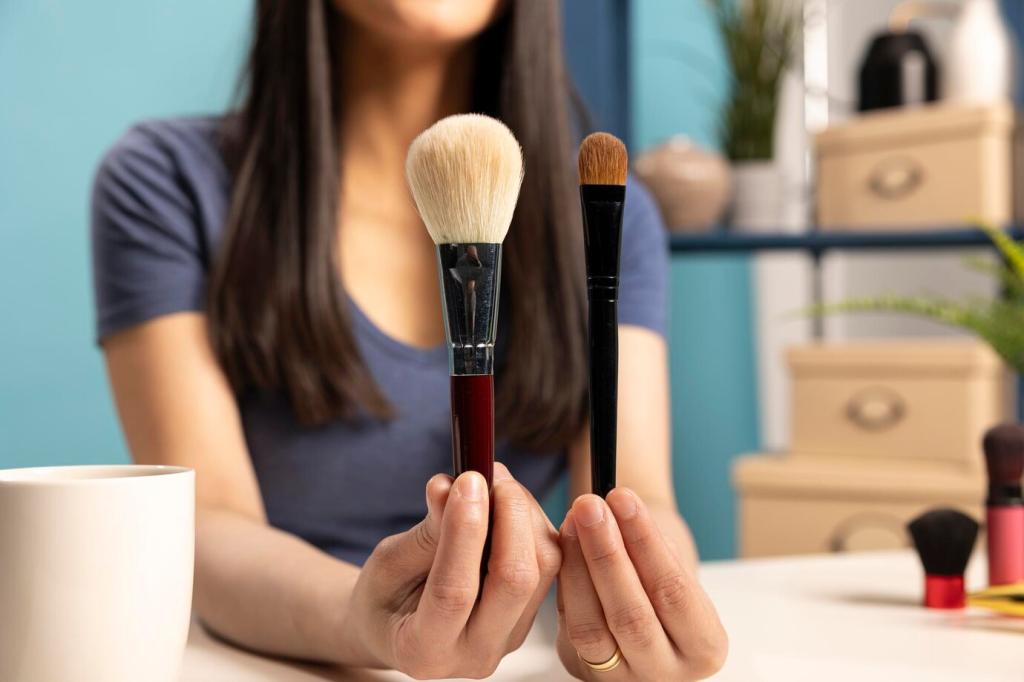Light as Punctuation: Ambient, Task, and Accent
Ambient lighting establishes overall brightness and mood. Think ceiling pendants, recessed cans, or large diffused fixtures. In living areas, 2700K to 3000K feels warm and welcoming. Even distribution prevents harsh shadows, while dimmers let you shift from lively gatherings to quiet evenings.
Light as Punctuation: Ambient, Task, and Accent
Task lighting targets specific activities—reading, chopping, writing. Place lamps at shoulder height beside seating and under-cabinet lights across kitchen counters. Aim for accurate color rendering (CRI 90+) so ingredients and textiles look true. Position to avoid glare and shadows, especially for left- or right-handed users.







